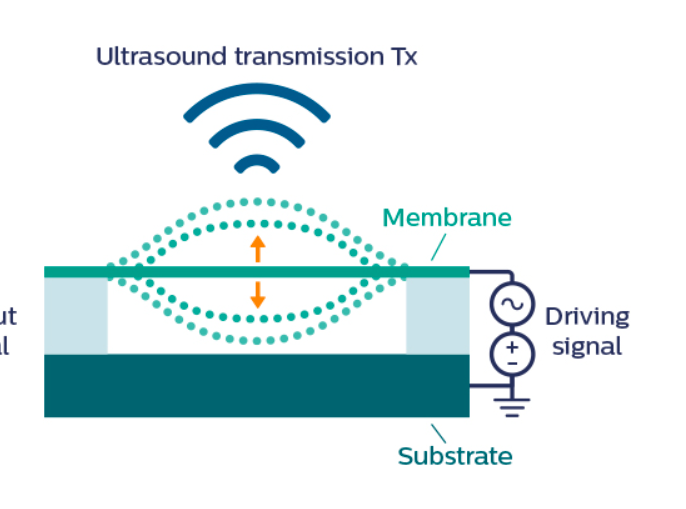TAGGED: 2-way-fsi, acoustics, acousticwaves, structural-mechanics, waves
-
-
June 15, 2021 at 9:20 am
dardhruv
SubscriberHello All,
I am doing an acoustic simulation of Capacitive Micromachined Ultrasonic Transducer simulation.
Basic Structure of CMUT:
June 15, 2021 at 9:50 amErik Kostson
Ansys EmployeeHello
You will only get pressure (bulk/acoustic) waves in the fluid (Lamb, are guided waves in plates, or Rayleigh surface waves on thick structure, or in plates if the frequency-plate thickness product is high enough).
So once the membrane oscillates it will generate acoustic waves in the fluid (excitation mode), or if the acoustic waves excite the memearne one will register a voltage (receiver mode)
The question also is not clear. You already say that you use static and harmonic, so you have the modules you want to use.
Thank you
Erik
June 15, 2021 at 9:54 amdardhruv
SubscriberHello Sir Yes, I have substrate also in CMUT so It might affect. right? I would like to check the effect on the membrane or on the substrate.
Two membranes are there, one is fixed which is substate and another one is movable.
My task is to check whether Lamb, Scholte, Rayleigh or stonely wave present or not.
Is there any tutorial available regarding this?
Thanks and Regarding Dhruvin
June 15, 2021 at 10:11 amErik Kostson
Ansys EmployeeHi
I do not think so - what is the operating frequency/driving freq., and thickness of the substrate (also material)?
Finally, why do expect guided/surface waves on the substrate (have you measured them or)?
ALso is this part of a research project, and are you a research student (you only provide a gmail, so I can not see if you are a research student)?
In any case we do not have any material on this.
Thank you
Erik
June 15, 2021 at 10:37 amdardhruv
SubscriberHello Sir My CMUT device has a 1.8 MHz driving frequency and substrate thickness is 100 um. top membrane thickness is 5.5um
yes, I am research student in Fraunhofer ENAS.
Thank you
Dhruvin
June 15, 2021 at 10:44 amErik Kostson
Ansys EmployeeHi
Ok, it is hard to calc this one, but for that thickness I do not expect any surface waves, only guided waves (Antisymmetric branch mostly say A0 mode).
I would add your uni. email in your profile not the gmail one .
Again we do not have any examples on this.
Erik
June 15, 2021 at 10:49 amdardhruv
SubscriberHello Sir
I have added my institute email id.
Does it mean I can't check any of this wave using ANSYS?
Thank you
Regards Dhruvin
June 15, 2021 at 11:08 amErik Kostson
Ansys EmployeeHi
Did not say that, I said that I have not seen any examples of this - you might still be able to do what you want, but you would need to find out by trying yourself (so static dc bias followed by harmonic).
Also do you use solid226 for the internal airgap and to get the capacitive force on the membrane?
I would also say that the Lamb waves are mostly excited by the two support legs on either side of the membrane thus transferring the vibrations into the substrate.
All the best of luck -
let us know how it goes, and how you progress.
June 15, 2021 at 12:33 pmdardhruv
SubscriberHello Sir I have used the Trans126 element to do mesh for the vacuum gap between the Membrane and the Substrate.
Here I have attached a prestressed harmonic file.
I don't know, Is it ok if I also define substrate beneath trans126? to check the effect of the lamb wave I have to define substrate also. right?
Thanks and Regards Dhruvin
June 15, 2021 at 12:45 pmErik Kostson
Ansys EmployeeUnfortunately we can not download this - put some inline images of the model. Also include some results
To answer your question, yes, you would need the substrate to check for Lamb waves and standing waves there - show a stress result (inline image), for the simulation at the driving freq. (1.8 MHz).
thank you
Erik
June 15, 2021 at 1:14 pmdardhruv
SubscriberHello Sir static analysis:
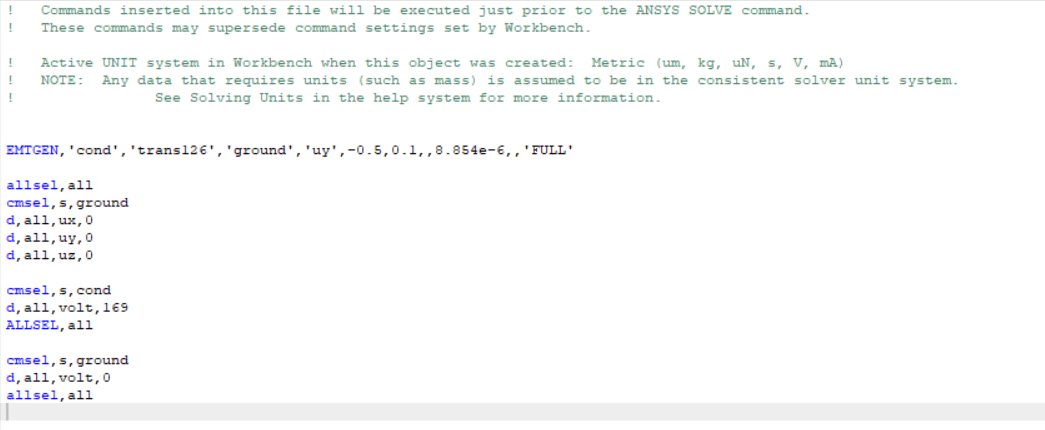
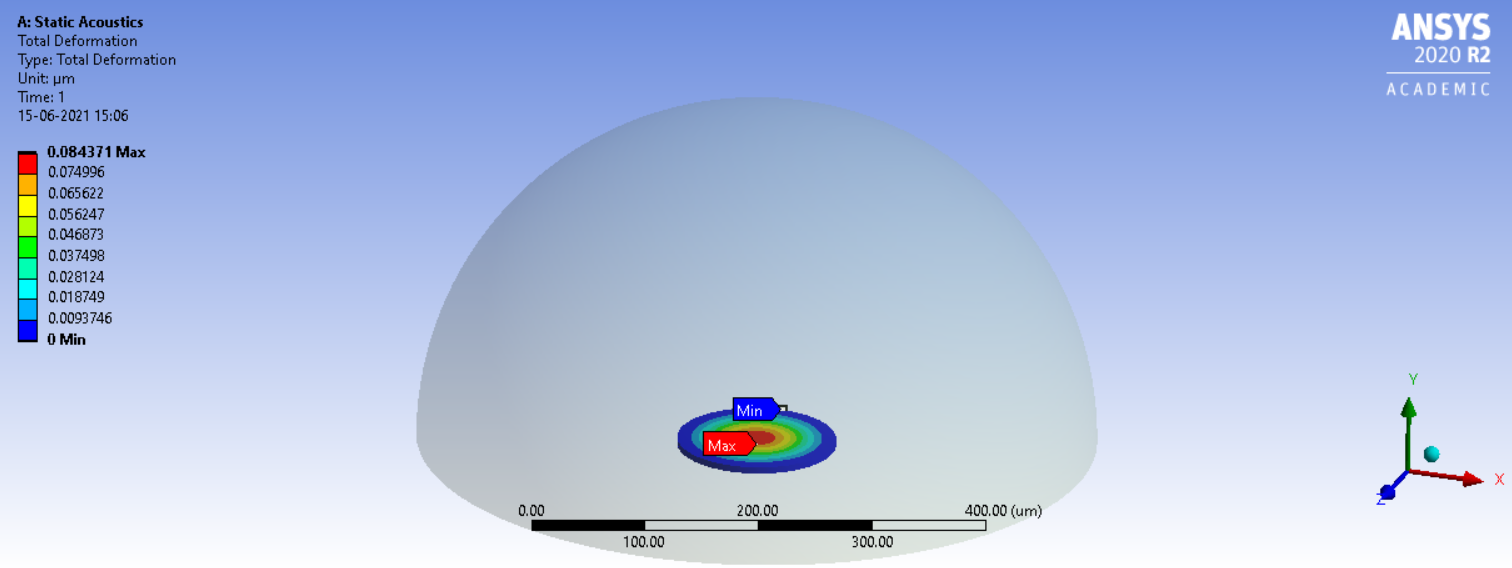
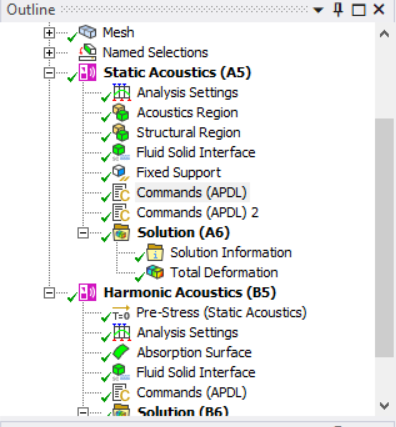 Harmonic Analysis:
Harmonic Analysis:
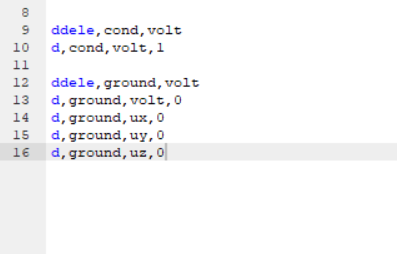 pressure on top of membrane:
pressure on top of membrane:
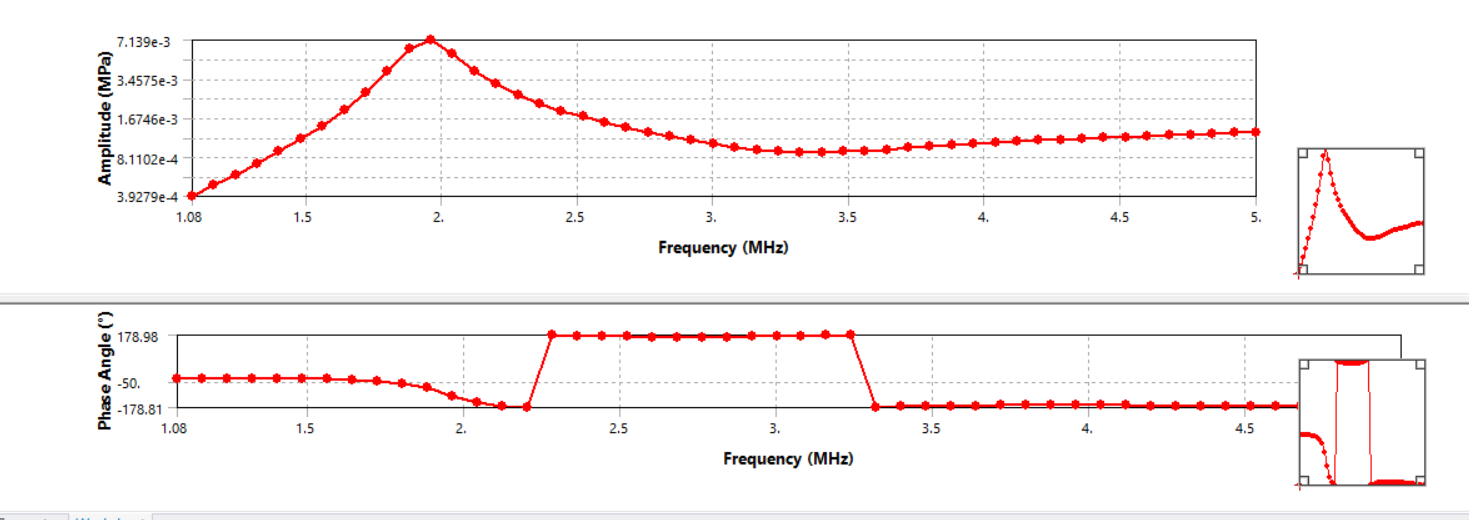
Please check this?
If I add substrate then it will not affect trans126?
I always thought if I have defined trans126 then why should I add substrate. But now I think I was wrong.
It should be there to check wave propagation on a substrate. right?
is there any example where trans126 and also bottom substrate present
Thanks
Dhruvin
June 15, 2021 at 1:17 pmErik Kostson
Ansys EmployeeTHat looks sensible perhaps - you know if the resonance is ~ 2 MHz :) - suppose you measured it?
June 15, 2021 at 1:51 pmdardhruv
SubscriberHello Sir Yes, It's nearly 2 MHz.
June 15, 2021 at 2:07 pmErik Kostson
Ansys EmployeeOk - thanks.
Yes, if you need to check for vibrations/waves on the substrate, then it needs to be modeled.
Try that and I think it might be fine. Unfortunately we do not have any examples on this type of application since it is very niche.
All the best
Erik
June 15, 2021 at 3:47 pmdardhruv
SubscriberHello Sir
Could you please let me know how to check if waves are there on the substrate?
Viewing 14 reply threads- The topic ‘Ultrasonic Transducer’ is closed to new replies.
Ansys Innovation SpaceTrending discussionsTop Contributors-
3597
-
1208
-
1092
-
1068
-
952
Top Rated Tags© 2025 Copyright ANSYS, Inc. All rights reserved.
Ansys does not support the usage of unauthorized Ansys software. Please visit www.ansys.com to obtain an official distribution.
-
The Ansys Learning Forum is a public forum. You are prohibited from providing (i) information that is confidential to You, your employer, or any third party, (ii) Personal Data or individually identifiable health information, (iii) any information that is U.S. Government Classified, Controlled Unclassified Information, International Traffic in Arms Regulators (ITAR) or Export Administration Regulators (EAR) controlled or otherwise have been determined by the United States Government or by a foreign government to require protection against unauthorized disclosure for reasons of national security, or (iv) topics or information restricted by the People's Republic of China data protection and privacy laws.

